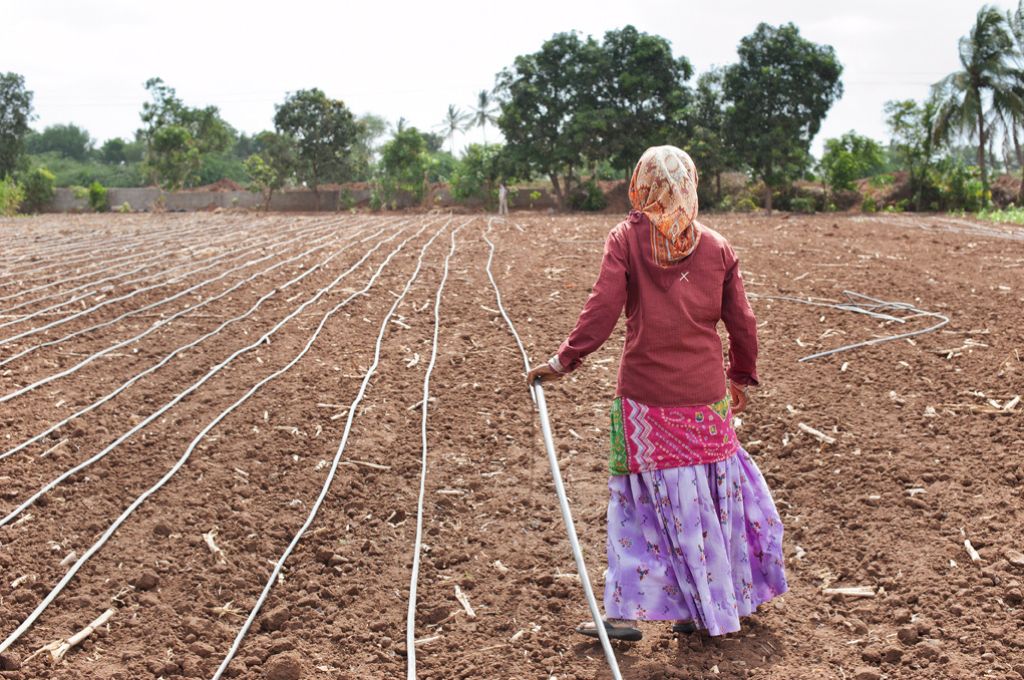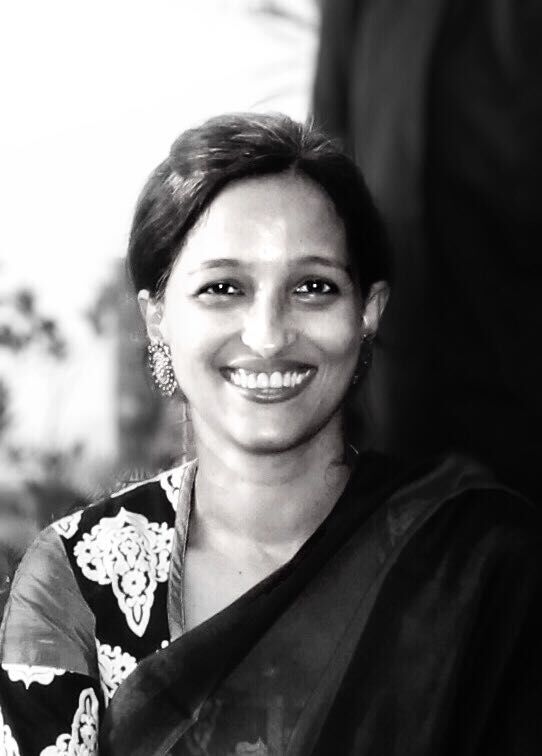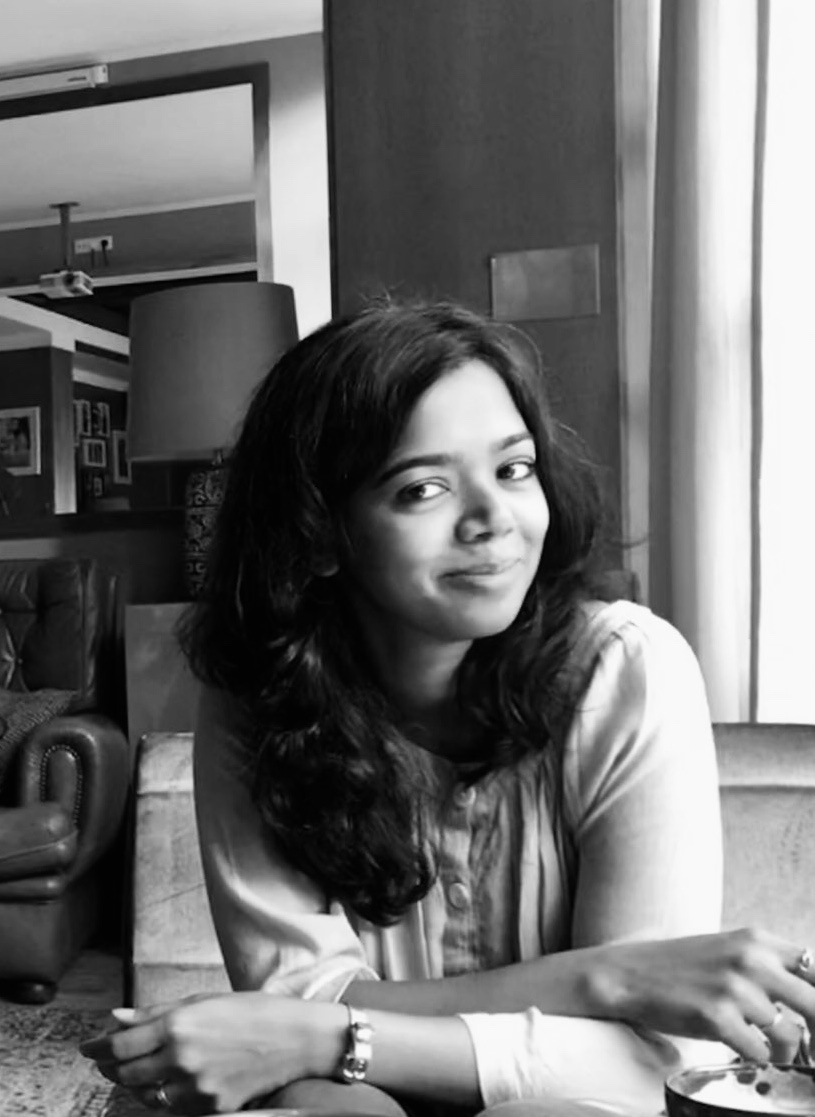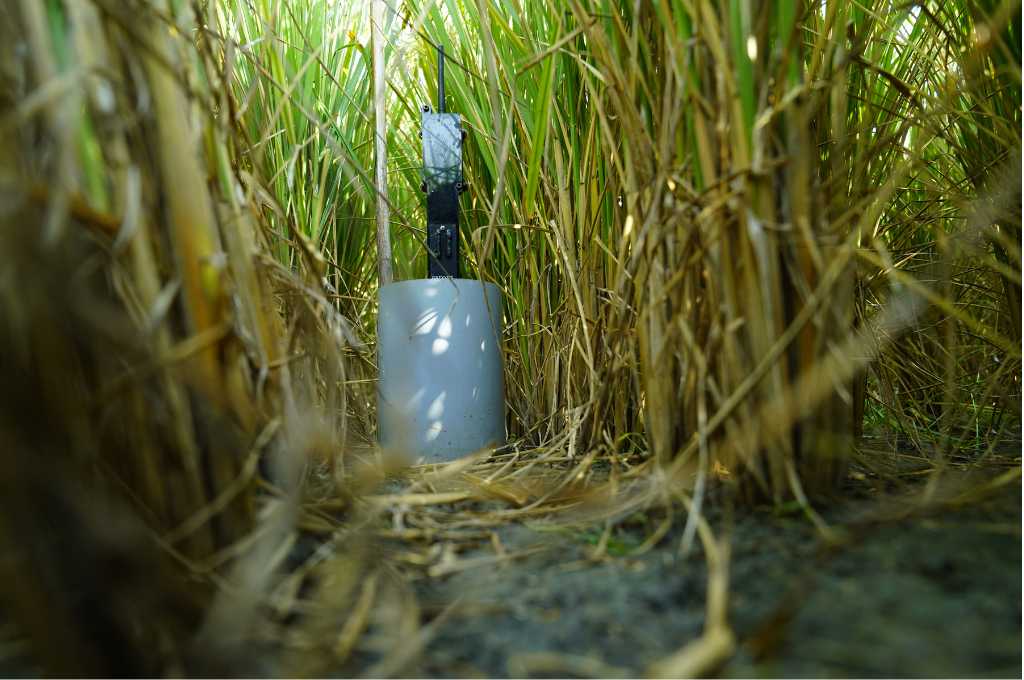Agriculture is the main livelihood for 43 percent of India’s population, and accounted for 18.8 percent of the country’s GDP in 2020–21. Of this, approximately 85 percent of the farm households comprise small or marginal farmers with less than two hectares of land. In fact, the average landholding is only 0.5 hectares per household. These small units of land are frequently seen as unviable for farming and incapable of providing a sustainable livelihood for their owners. This is even more likely to happen in regions where water security is an issue.
Marathwada in north-western Maharashtra is one such example. A drought-prone region where availability of water is a pervasive issue, the land here tends to be dismissed by community members and policymakers as unviable. This translates into food insecurity, migration, and mounting debts. Further east, in the states of West Bengal and Chhattisgarh, there are densely forested regions that receive high levels of rainfall, albeit erratically. Here, too, water security is an issue owing to undulating topographies that lead to water runoffs.
Smallholder farmers in both of these distinct geographies face similar challenges and while efforts to ensure water security have been made, these have focused on improving supply. This approach has its limitations given the irregular rainfall caused by the climate crisis, the high cost of building and maintaining infrastructure (such as dams and farm ponds) for water storage, and the ineffective usage of water by communities.
Two organisations are showing the way
Swayam Shikshan Prayog (SSP) is a nonprofit organisation that has been working on women’s empowerment in the Marathwada region since 1993, when it was set up to help communities cope with the devastating effects of the Latur earthquake.
“We had been working extensively with women for nearly three decades, training them in entrepreneurship and bringing them into decision-making at a community level. When we started seeing a lot of farmer suicides in 2013–14, we decided that it was time for us to work on agriculture. We did an initial study where we found that people were growing cash crops, which have high input costs. And when things went wrong—poor rainfall, increasing loan amounts, health shocks—they had neither the cash nor food,” explains Upmanyu Patil, the programme director at SSP.
In the eastern part of the country, the story is slightly different, but the outcomes are similar to Marathwada. In the 72 Paschimanchal Unnayan Parshad blocks in West Bengal, the topography and reliance on rain-fed cropping led the community to practise single-crop agriculture. The region has a high Adivasi population and endemic poverty in terms of education, health, nutrition, income, and productivity. Many were unable to feed their families and would migrate to other parts of West Bengal and outside the state as well.
PRADAN is a nonprofit organisation that has been working on livelihoods in central and eastern India for the past three decades. They have engaged with women through a community participation model in Jharkhand, Odisha, Chhattisgarh, and Madhya Pradesh and seen the radical shift that this has had on their confidence, incomes, and decision-making ability. When PRADAN started working in West Bengal, they carried forward some of those learnings.
“We spent time in this area to learn the development challenges and the problems faced by the Adivasi community here. Over time we enabled them to organise into various forms of women’s collectives, and created linkages for them with several stakeholders including Panchayati Raj institutions, the government administration, banks, and markets. In essence, we have been playing the role of a catalyst and facilitator here,” says Alak Jana, integrator of PRADAN’s West Bengal unit.

Transforming smallholder farming: How they did it
1. Collectivising women
The starting point was organising women from small and marginal landholder families into self-help groups. “We engaged with them to understand their needs, the issues they faced, and the resources they had. And we did this using participatory processes. We also explored livelihood opportunities they could work on that would match their aspirations of income, nutrition, and food,” says Alak. “We identified those families that didn’t have enough food for the year, where high levels of malnutrition were prevalent, and whose incomes were low, but nonetheless had high aspirations for their children and themselves.”
According to Ritesh Pandey, team coordinator at PRADAN, “Knowledge is power, and when women get inputs and learn skills across different aspects of their lives—such as nutrition, livelihoods, and health and access to markets, banks, and government schemes—it enhances their capacities and helps them address the many challenges they face.”
2. Using a combination of tradition and science
The starting point was to get the women to interact with the elderly in their villages to understand the history and genesis of farming in the region. Local knowledge of topography and traditional practices is critical, and much of this wisdom, such as what to grow, how to improve soil health, and what can be done to tackle water scarcity, resides in people’s heads.
Alak explains that they helped women farmers adapt and optimise traditional practices for modern markets—for instance, what they did with heirloom rice varieties that were traditional to the region. “When appropriate practices are followed, these varieties are almost as productive as mainstream paddy. The challenge then was to help them adopt large-scale production of these varieties through improvement in certain practices, rather than looking at them as niche, small-volume products.”
Both PRADAN and SSP also brought scientific knowledge into the fold. They connected their farmers with eminent scientists from agricultural universities and research institutes, who would interact with the women, visit their land, and then provide recommendations. “We partnered with universities to carry out some of their interventions at the farmers’ fields instead of the university labs. Learning by doing helped to build the women’s confidence. For instance, professors from an agriculture university—Bidhan Chandra Krishi Viswavidyalaya—would visit the women farmers’ fields, set up their instruments to measure soil moisture, and accordingly provide recommendations on which crops could be grown in which seasons,” says Ritesh.
Due to various interventions undertaken in collaboration with PRADAN and the recommendations of scientists, there has been a gradual shift from water-intensive paddy to growing crops that can be sold in open markets. In the case of Marathwada, SSP has helped farmers move away from water-intensive cash crops to nutrient-rich food crops such as pulses, fruits, and vegetables.
3. Understanding that more input does not equal greater output
The general understanding among most farmers across the country is that to drive greater output, one must inject it with more input—more water, more fertilisers. However, both SSP and PRADAN have shown that far better productivity can be attained through better input management.
Bio farming, which requires less water and uses bio inputs such as leaf waste and vermicompost, reduces the cost of production for the farmers.
Many of the techniques adopted by women farmers have helped reduce the demand for water on their farms. An example of this is bio farming, which requires less water and uses bio inputs such as leaf waste and vermicompost that are easily available locally and reduce the cost of production for the farmers. Another technique is the use of drip sprinklers that deliver small quantities of water to the roots of the plants at slow rates (2–20 litres per hour). This has worked well in Marathwada where SSP has provided women access to schemes such as the Pradhan Mantri Krishi Sinchayee Yojana that subsidise the cost of sprinklers. Adopting these techniques has resulted in a substantial reduction in water use as compared to the earlier approach of flood irrigation, and proved to be a critical change in a drought-prone region like Marathwada.
The impact of these techniques has been very visible. In the last three years, Marathwada has seen good rainfall and there has been a four-metre increase in water-table levels. Simultaneously, the region has seen a drop in farmer suicide rates.
4. Diversifying crops and multicropping
Women farmers in both the regions shifted from monocropping to multicropping models. Alak explains that usually at the end of the kharif crop season, 85–90 percent of the land would stay fallow. “Now, based on the new knowledge they have, women have explored cultivating short-duration paddy varieties during kharif so that some of the moisture in the soil is retained. This approach ensures that there is enough soil moisture (or the soil requires only light irrigation) for a second crop—those that have low water requirement, such as pulses, oil seeds, or vegetables. Some farmers also use the same land for a third crop—for instance, a creeper crop that requires less water but offers food and cash during the summer months.”
In effect, women are constantly thinking about how to maximise food security, nutrition, and incomes through their crop choices, input, and water management—something that was unheard of in these regions a few years ago.
The results are showing
According to Alak, “When it comes to paddy in this region, the traditional productivity per hectare was 1.9–2 metric tonnes. With the adoption of improved practices, this has increased to 3.5–4 metric tonnes. This has boosted the women’s confidence, increased productivity, and ensured food sufficiency. At the same time, there is an increase in income.”
Increased water security is resulting in other positive outcomes as well. In a study undertaken by Sambodhi, in 2014–15, in the highland region of West Bengal, the migration rate was more than 50 percent. Four years later, it reduced to 30 percent. The region no longer sees high rates of distress migration.
Cultivating food crops has increased food security and led to an improvement in the health of women’s families.
The outcomes are similar in Marathwada. Cultivating food crops has increased food security and contributed to an improvement in the health of women’s families, according to Upmanyu. It has also led to a rise in women’s incomes, and an accompanying rise in their agency. On a societal and environment level, these practices have led to reduced demand for water and better soil health, both critical in coping with climate change–induced pressures that farmers are increasingly facing.
The government has played a key role
Both SSP and PRADAN talk about the increased receptivity of the government to these new techniques and approaches. “We are seeing not only the panchayats and rural development departments, but also the agriculture, horticulture, and water resources investigation and development departments adopt natural resource management and improved horticulture interventions in their programmes,” says Alak.
Upmanyu talks about the increased focus by the Union as well as the Maharashtra government on organic farming. “We worked on the Mahila Kisan Sashaktikaran Pariyojana, which is funded by the central government. They want women to be recognised as farmers, and are keen on prioritising food crops and organic farming. So, big budgets have been allocated for this. Our job is to ensure that women are involved and have access to these schemes,” he says.
While PRADAN and SSP have been working with women in their regions over several decades, this is not a pre-existing condition for success. Upmanyu explains how this model has seen tremendous uptake even in the new areas they have expanded into, which are districts where SSP has no historical presence—Aurangabad, Ahmednagar, and Washim. In fact, in these districts they have gone directly to the government. “We don’t have any presence in the community in these districts, so we’re training government frontline workers to do this in the villages.” Upmanyu predicts that in this first kharif season itself they will reach out to approximately 20,000 farmers in the two districts of Aurangabad and Nagar.
Both SSP and PRADAN have shown that it is possible to make smallholder farming viable through simple and consistent innovation—whether it’s in how women are collectivised, the use of technology for irrigation, or changes in the cropping patterns. The solutions are universal in nature, making them easy to deploy and replicate.
By focusing on the demand side of the equation, women farmers with small landholdings have shown that they can cultivate land previously deemed unviable and ensure that their families are fed and healthy, even as they have surplus to sell in markets, thereby transforming the landscape of smallholder farming in India.
Know more
- Explore India Water Portal to learn more about water and related issues.
- Listen to P Sainath’s perspective on water security and the agrarian crisis in India.







